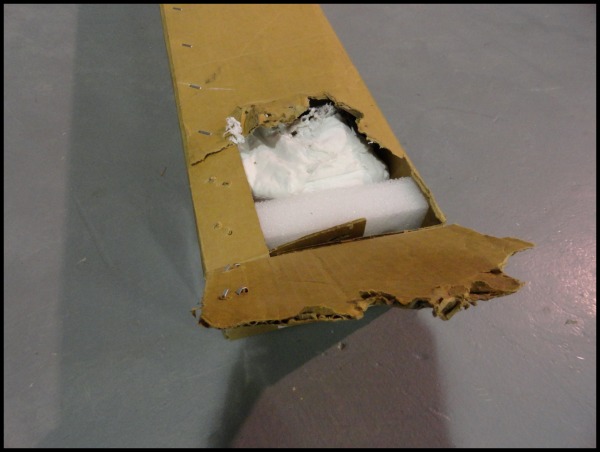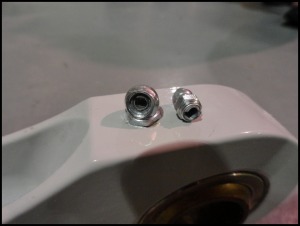A $20,000 Shipping Mistake and How To Avoid It
When you purchase a component for your aircraft, no matter the cost, you expect it to arrive in good condition, right? This isn't some crazy dream I've come up with.

You spend the money, so you expect the part being shipped to withstand a rough transit ride to your facility.
Makes sense, right?
Just recently we purchased a $20,000 beam assembly from an OEM. Yes, an OEM! When the beam arrived the shipping box was ripped, but we've also seen MUCH worse. After further inspection, we noticed that the grease port fitting was bent through the beam assembly. As you can see from the picture, the package was severely under packed and the damage could have been avoided with proper shipping measures.

It's about preparing for the worst in transit and not having to spend money insuring the shipment.
Here are 5 steps you can tell your aircraft parts supplier to follow and avoid a shipping nightmare for your rotable parts:
1) Use the fist rule
By using the fist rule your aircraft parts supplier should be able to fit their fist between the aircraft part and box. This is a minimum of what should be allowed between the part and box.
2) Measure with your finger
Enough bubble wrap should go around the unit to create a 1 inch barrier around the component.
Fun fact: From the tip of your finger to the first joint is about 1 inch.
3) Use appropriate stickers
If the material is fragile, make sure fragile stickers are on the box. A little secret, if you put a "Be Careful: Glass" sticker on the box, it's more likely your forwarder will treat the package with respect.
4) Take pictures
Make sure your aircraft parts vendor takes a picture of the box prior to departure. This will make sure they stay accountable and ship in an appropriate box.
5) Choose the right method
If you have a very expensive part, or if it's fragile, make sure to ship it air. You'll avoid the bumpy road and mass handling from one truck to the next.
By avoiding careless shipping methods you can ensure that your aircraft parts supplier ships your expensive material appropriately. This will not only save you money, but also time from resolving the problem.
By working closely with your vendor, they'll know how you expect your material to be shipped and adapt their processes.
Make sure they ship smart and avoid the issues with transit damage.